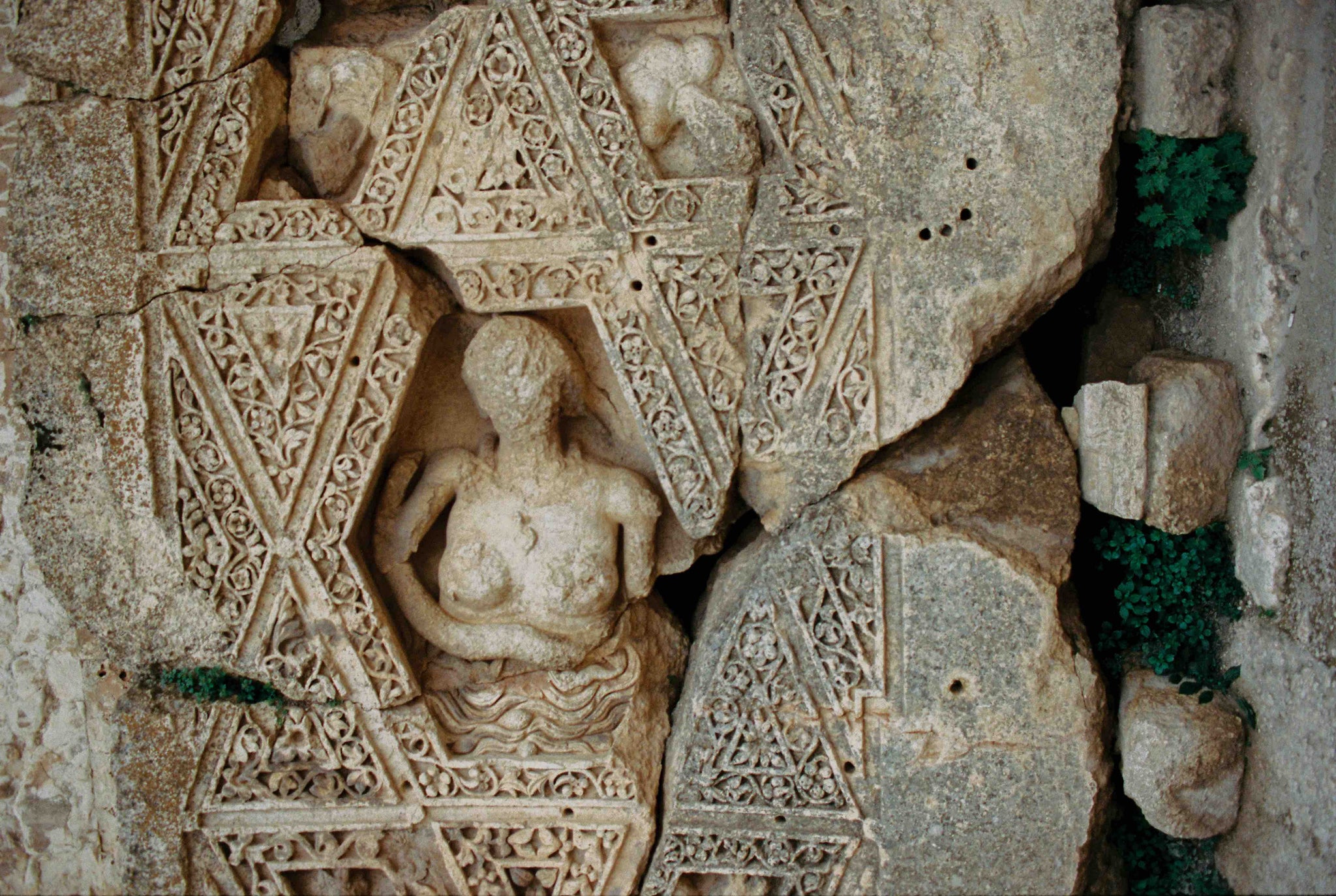POSTCARD FROM | CABANA TRAVEL | CABANA MAGAZINE
A "harebrained" decision to drive to Baalbek, a Lebanese city near the Syrian border, led writer and photographer Chris Wallace to discover the best-preserved Roman ruin-complex outside of Italy. He shares the experience with Cabana.
BY CHRIS WALLACE | CABANA TRAVEL | 25 OCTOBER 2023

For a time in the early 2000s, my favorite book was The Romance of Ruins, an incredibly-made monograph of watercolors painted during a 1764 expedition to discover ancient Greek ruins in Ionia and Athens, published by the Sir John Soane Museum. Both the expedition and its destination lulled me into a kind of reverie on the beauty of these stone and marble artefacts.
Then, in 2010, the great war photographer and traveler, Don McCullin, published Southern Frontiers, a spectacular portfolio of his photographs of the Roman ruins across North Africa and the Levant — and my love of archaeological ruins immediately became something present-tense, actionable even.
These spellbinding pictures of cracked columns and ancient cityscapes in the Syrian desert, and of grand amphitheaters on the Libyan coast, were taken in recent memory, in my lifetime. And so, a subconscious plan began to take shape, an itinerary of pilgrimages, maybe, a project. (The book, too, presented McCullin in my mind as a kind of cargo-vested avatar for swashbuckling adventure, which I guess I have been secretly aspiring to ever since.)
So, on a recent visit to Beirut, Lebanon — amid a financial crisis there and increasing crises throughout the region — I made a bit of a harebrained decision to rent a car and drive out to Baalbek, a city near the Syrian border, and home to perhaps the best-preserved Roman ruin-complex outside of Italy.
The road out of Beirut, toward Damascus, ascends a narrow pass through the Mount Lebanon range, which, during my visit in early March of 2023, was in a complete white-out. A sudden blizzard had made visibility ten feet or so, and the slushy, slippery road, something a bit beyond the comfort zone of my rental Kia.
But as I flowed down and out into the Beqaa valley, a soft springtime sun opened up the sky. Miles of bright vineyards stretched eastward toward Syria. I drove North, into the ancient city of Baalbek – continuously inhabited for perhaps 9000 years — and towards the once-grand Hotel Palmyra (pictured above), a building which, since its construction in 1874, has aged into a kind of ghostly withdrawal.

Throughout my stay I was the only guest at the Palmyra, and at night the place was so frigid I had to sleep with all the clothes I’d traveled with, and every thin blanket I could borrow. But as I arrived, a pot belly stove was lit with a wood fire. The owner’s son gave me a tour of the grand entrance hall and restaurant, now in a kind of perpetual darkness. The walls are lined with dozens of drawings by Jean Cocteau, who lived at the Palmyra for a month in 1960.
In the late 50s and early 60s, Baalbek was home to a cultural festival and drew entertainers and thinkers – from Albert Einstein to Nina Simone, Ella Fitzgerald, and George Bernard Shaw — all of whom stayed at the Palmyra while in town.
The present owners, who bought it in the 1980s to protect it for posterity, also discovered the hotel’s livres d’or, guest books showing that everyone from Ataturk to King Faisal I stayed at the Palmyra. So too did Kaiser Willhelm II, in 1898, while overseeing the German-Ottoman joint excavation of the Roman ruins across the street.

When I visited that afternoon, there was a single hawker outside the gate, selling ancient coins of dubious merit. For an hour or so, I was entirely alone in the ruins, like a character in a midcentury novel. In fact, throughout the 1920s and 30s, Baalbek was a crucial stopping-off point for the adventurous sort, traveling, I imagine, with steamer trunks in tow, bound for Baghdad or Istanbul.
But then the site itself was built as something of a pilgrim’s destination. Begun in the first century BCE, on what had been a site of worship going back millennia, the acropolis at Baalbek is made up several separate temples, sites of veneration for Jupiter, Venus, and Mercury. It would have drawn enormous crowds of the pious, the curious, and the commercial who tend to them, throughout the Roman era.

The dramatic setting - the broken arches, set against snowcapped mountains - is so extraordinary, I almost didn’t notice my fingers going numb in the cold. Approaching the Temple of Jupiter, an absolutely astonishing, and enormous, structure, I came across a guide who offered to recount the temples many stories to me, in English, French, German, Arabic, Japanese, or even a bit of broken Mandarin, if I liked.
Soon, tall dark clouds slid over the temple, dropping the temperature still further. I could no longer tell if I were shivering at getting a little romance of ruins to myself, or if I was just cold to the bone. A dozen other visitors entered the complex, so I wandered off, leaving them the site all to themselves.

- - - - - - - - - -
CONTRIBUTORS
Chris Wallace is a US-based writer and photographer, and the author of the recent biography, Twentieth-Century Man: The Wild Life of Peter Beard | Follow Chris on Instagram: @chriswallace4
Cabana Magazine N24
Covers by Morris & Co.
This issue will transport you across countries and continents where craft and culture converge. Evocative travel portfolios reveal Japan's elegant restraint, Peru's sacred churches ablaze with color, and striking architecture in a fading Addis Ababa. Inspiring minds from the late Giorgio Armani to Nikolai von Bismarck spark curiosity, while exclusive homes—from the dazzling Burghley House in England and an Anglo-Italian dream in Milan, to a Dionysian retreat in Patmos and a historic Pennsylvania farmhouse—become portals that recall, evoke and transport.

























































